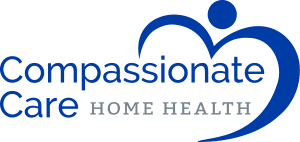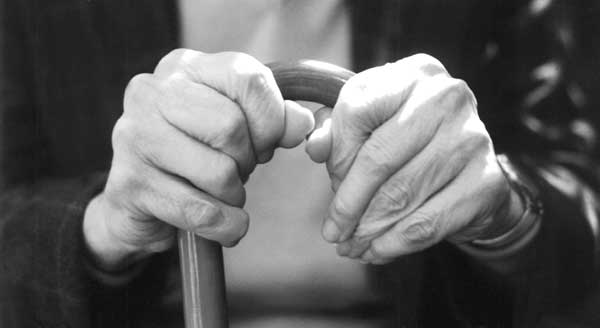To prevent or reduce the need for in home care for seniors, it is important to prevent senior injury by practicing common safety tips at home and at work. During the month of June, which is Safety Month, we are providing weekly tips and information to address some common safety concerns that seniors can face. Below are the three topics we are covering in the coming weeks:
3 Top Safety Issues For Seniors
- Preventing Overexertion: Overexertion is the third leading cause of unintentional injuries in the United States, accounting for about 3.3 million emergency department visits. Whether at work or home, you can take steps to prevent overexertion.
- Senior Driving Safety: Sadly, the National Highway Traffic Administration reported there were 6,017 people over 65 killed in an automobile while driving in 2006. This is 14 percent of all individuals killed in automobile accidents. One of the reasons for this high number of fatalities is because older people are less likely to survive a crash due to injuries, when compared to younger drivers.
- Preventing Slips, Trips and Falls: The risks of slips, trips and falls can be greatly reduced by a few simple changes in the home. These unintentional injuries outside the home can be reduced by simply being observant of your surroundings.
Unintentional injuries and deaths in the United States reached an estimated 128,200 in 2009. This is the highest on record. It is also 47% greater than the 86,777 in 1992 which was the lowest total since 1924. Those figures convert to over $693 billion nationally and creates severe suffering among individuals and their families. Many of these injuries result in the need for home health care.
For more information on what you can do to reduce unintentional injuries in the home and workplace, watch for our next three blogs or visit the National Safety Council. If you or a loved one have experienced injury and need in-home care, learn about our non-medical home care options.
The National Safety Council
The National Safety Council is on a mission to prevent unintentional injury and death by educating and influencing people to adopt and maintain safe and healthy practices in the workplace, on our roads, and in our homes and communities.

